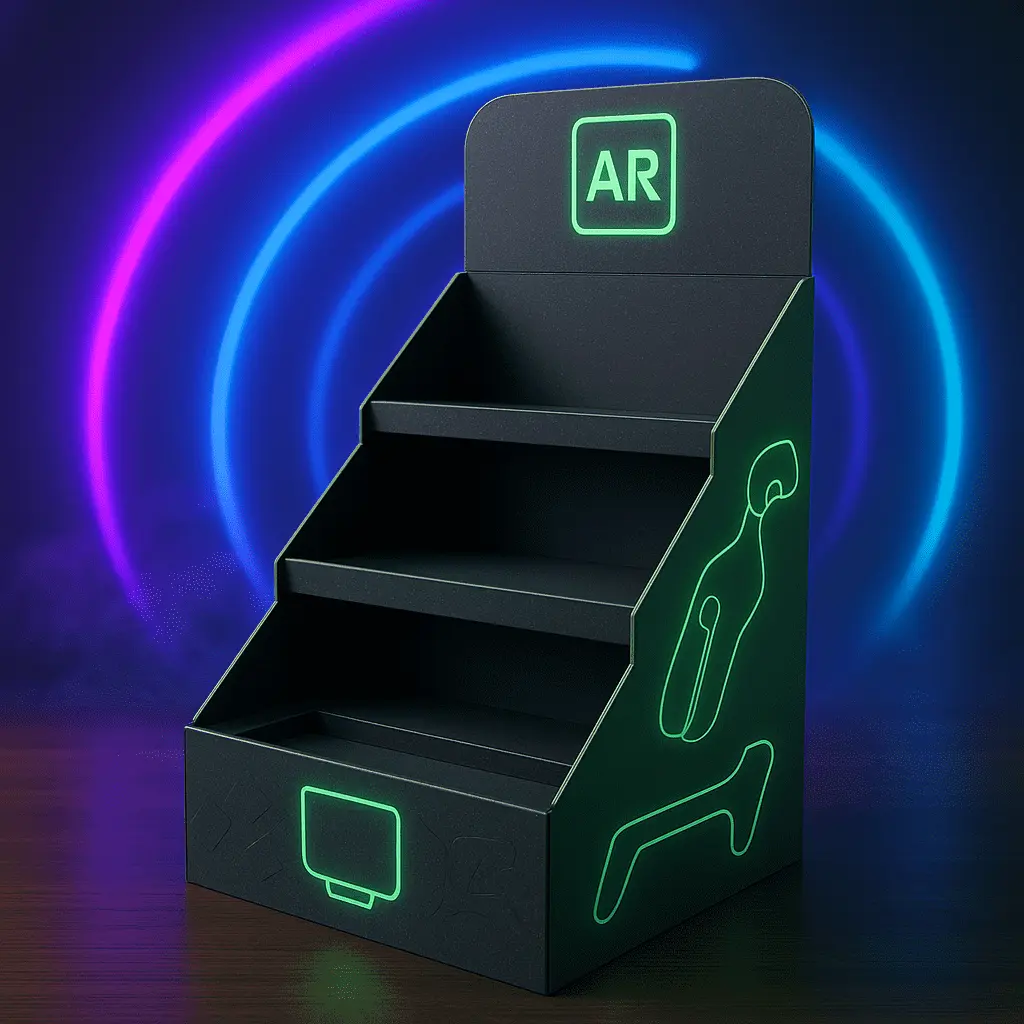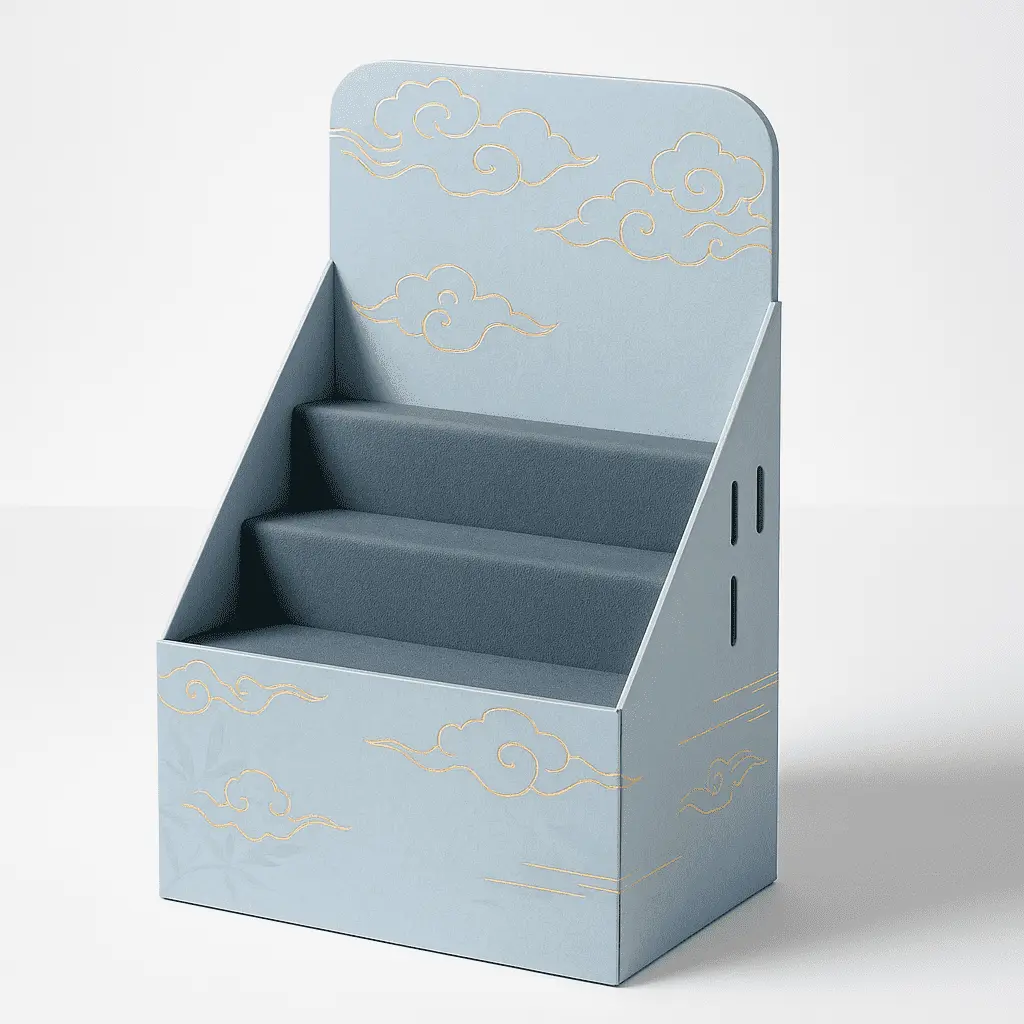Maximizing the Impact of PDQ Displays in Retail Environments
Strategic Placement for Optimal Visibility
The success of a PDQ display heavily depends on its placement within the retail space. High-traffic zones like store entrances, end-of-aisle caps, and checkout lanes provide prime visibility. These areas naturally attract attention and are often where impulse buying decisions occur. Align your PDQ placement with the flow of foot traffic and common consumer behavior patterns. Positioning displays at strategic decision points - where customers pause or evaluate options - maximizes engagement and can significantly increase the chances of a purchase.
Designing Eye-Catching and Informative Displays
To truly stand out, PDQ product displays must combine aesthetic appeal with practical information. Use vibrant colors, engaging imagery, and bold fonts to catch the eye from a distance. Simultaneously, ensure the display clearly communicates key product benefits, pricing, and any time-sensitive promotions. The goal is to help customers quickly understand what’s being offered and why it matters. A display that balances creativity with clarity not only draws attention but also guides shoppers toward immediate and confident purchasing decisions.
Tailoring PDQ Displays to Your Target Audience
The effectiveness of a PDQ display increases when it is specifically designed with the target audience in mind. Analyze the demographics, preferences, and buying habits of your core customers. Whether appealing to budget-conscious parents, tech-savvy teens, or eco-aware shoppers, the product selection and visual presentation should speak directly to their values and interests. A well-tailored display creates a sense of relevance and connection, making shoppers feel understood - ultimately boosting both engagement and conversion at the point of sale.
Optimizing Product Selection and Rotation for PDQ Displays
Choosing High-Demand and Impulse Purchase Items
The success of a PDQ display often hinges on the products it showcases. Select items that are popular, have a high turnover rate, or encourage impulse buying. These could include seasonal products, new arrivals, or complementary items to your main product lines. The goal is to create a sense of urgency and excitement around the displayed products.
Implementing Regular Product Rotation Strategies
To maintain customer interest and drive repeat sales, implement a regular rotation schedule for your PDQ product displays. This keeps the shopping experience fresh and exciting for repeat customers. Consider rotating products based on seasons, holidays, or current trends. This strategy not only keeps your displays relevant but also allows you to test different product combinations to identify what works best for your audience.
Leveraging Cross-Selling and Upselling Opportunities
PDQ displays offer excellent opportunities for cross-selling and upselling. Strategically pair complementary products or showcase upgraded versions of popular items. For instance, if you're displaying a bestselling skincare product, include related items like applicators or travel-sized versions. This approach not only increases the average transaction value but also enhances customer satisfaction by providing convenient solutions.
Measuring and Improving PDQ Display Performance
Implementing Tracking Systems for Sales Data
To truly understand the impact of your PDQ displays, it's essential to implement robust tracking systems. Use point-of-sale data to monitor sales trends for products featured in PDQ displays. Compare this data with overall product sales to gauge the effectiveness of your display strategy. Consider using unique SKUs or barcodes for products in PDQ displays to easily differentiate between display-driven sales and regular shelf sales.
Analyzing Customer Behavior and Feedback
Beyond sales data, observing customer behavior around PDQ product displays can provide valuable insights. Pay attention to factors like dwell time, interaction rates, and purchase decisions. Additionally, gather customer feedback through surveys or informal conversations to understand their perceptions of your displays. This qualitative data can help you refine your approach and address any potential issues in your PDQ display strategy.
Continuous Improvement and A/B Testing
The key to long-term success with PDQ displays lies in continuous improvement. Regularly experiment with different aspects of your displays, such as product mix, pricing strategies, or display designs. Implement A/B testing by running two versions of a display simultaneously and comparing their performance. Use the insights gained from these tests to refine your approach and optimize your PDQ display strategy over time.
Conclusion
PDQ product displays are powerful tools for driving conversions at the point of sale when used strategically. By focusing on optimal placement, eye-catching design, and smart product selection, you can significantly boost the effectiveness of your retail marketing efforts. Remember to consistently analyze performance data and customer feedback to refine your approach. With thoughtful implementation and ongoing optimization, PDQ displays can become a cornerstone of your high-converting point-of-sale strategy, driving sales and enhancing the overall shopping experience for your customers.
Contact Us
Ready to revolutionize your point-of-sale strategy with custom PDQ displays? Let our expert team at Guangzhou Huadu Fetching Color Printing and Packaging Co., Ltd. help you create eye-catching, high-converting displays tailored to your unique products and brand. Contact us today at support@fetchingprinting.com to discuss how we can elevate your retail presence and boost your sales with innovative packaging solutions.





